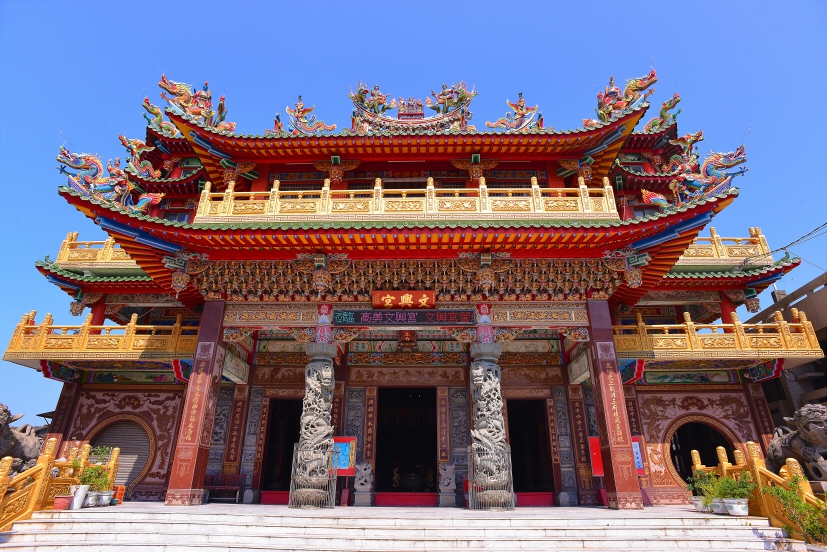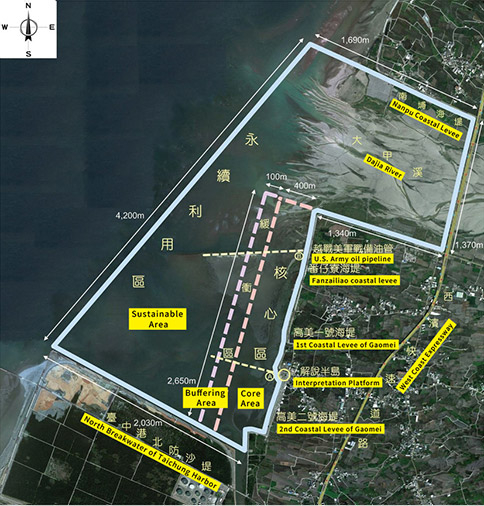Gaomi
In 1832, Gaomei was called “Gaomi” by the Changhua County gazetteer and later changed to Gaomei during Japanese ruled period. The origin of the name Gaomi remains still unclear. Records from Quanzhou, in the Fujian Province of China, where the ancestors of locals originate , does not list the name either. Some have speculated Gaomi originates from the Taiwanese words “gao”, which means pole, and “mi,” which means “sink”, forming the name “Gaomi.” According to old maps, there used be a Sikuaicuo River in Gaomei. Before roads were built, the locals had to use poles to push boats across the river to go fishing. The river was so deep that most bamboo poles could not reach the bottom and would “sink”.
Gaomi was a village that also included the small settlements along the estuarine delta of Dajia River’s south bank, which are now Gaomei Village, Gaoxi Village, Gaonan Village, Gaobei Village in Qingshui District.
The community development of the Gaomei region in the Qingshui District can be traced back to the Gomach Culture 3500 to 4500 years ago. In the Qing Dynasty, when the Hans had not yet entered the Qingshui region, this area was the residence of the Atayal aborigines. It was not until Qing China put down the rebellion of the Tongxiao Settlement that it took control of the Qingshui region. The Hans then gradually dominated the region as the Taiwanese Plains Aborigines had poorer harvests and agricultural skills.
During this period, although the Qingshui region was further developed, the development of the Gaomei region was not recorded. Meanwhile in Central Taichung, the Lin Shuang-wen Uprising forced Cantonese immigrants living on the south bank of the Dajia River to move to what is now called Santian in the Qingshui District. Therefore, the order of community development in the Qingshui region start with the Gomach Culture followed by development in Santian, and then development in the Gaomei region, which was established by the Wenhsing Temple built during the late Qianlong Emperor's reign.


